This is not a simple answer. It’s multi-faceted.
 I’ve been photographing weddings professionally for 13 years, which at this point in time, is much longer than the majority of wedding photographers today. I have a unique breadth of experience in the industry compared to most wedding photographers. I began second shooting weddings right out of photography school 13 years ago taking a job with a studio that had many associate photographers. I not only worked as a main and second photographer for this studio, but I also performed sales, editing (of my work and other photographers’ work), album design and overall client management. I worked every aspect of the wedding photography process- an opportunity most wedding photographers do not have before opening up their own businesses. After witnessing the pitfalls of working for a studio model involving high volume and many photographers, I moved on continuing to photograph weddings while working for Canon within their repair division working with professionals on troubleshooting their equipment issues. While this was an interesting experience, I found working for corporate to be stifling, inefficient and not very challenging. Having a lot of photographic and industry experience, I decided to start my own business.
I’ve been photographing weddings professionally for 13 years, which at this point in time, is much longer than the majority of wedding photographers today. I have a unique breadth of experience in the industry compared to most wedding photographers. I began second shooting weddings right out of photography school 13 years ago taking a job with a studio that had many associate photographers. I not only worked as a main and second photographer for this studio, but I also performed sales, editing (of my work and other photographers’ work), album design and overall client management. I worked every aspect of the wedding photography process- an opportunity most wedding photographers do not have before opening up their own businesses. After witnessing the pitfalls of working for a studio model involving high volume and many photographers, I moved on continuing to photograph weddings while working for Canon within their repair division working with professionals on troubleshooting their equipment issues. While this was an interesting experience, I found working for corporate to be stifling, inefficient and not very challenging. Having a lot of photographic and industry experience, I decided to start my own business.
When I finished photography school, I wasn’t sure I wanted to owning my own business, but the idea that I could control the level of efficiency, quality and integrity of the work and customer service and build a genuine connection with my clients was very appealing. The really unique aspect of my path at this point is that I began editing for a colleague of mine just as I started my own business. At this point in time, photographers still performed their own editing, to edit (which means I decided which images clients would get and performed basic adjustments on the images) for someone else while also running your own business was not heard of of that time, nor is it heard of today. Editing over 700 weddings has given me a very in-depth knowledge of wedding day coverage.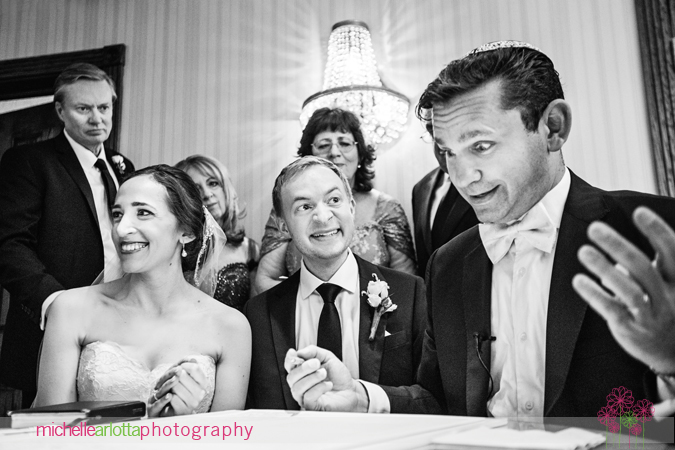
As my own personal style developed and technical ability improved, I realized that I was not using very much of my second photographer’s work. I shoot very fluidly in order to tell the story in a beautiful and comprehensive manner. I am not focused on just getting 25 wow shots for my blog, but rather on creating a story that my couples can look back on to relive their day for years (and generations) to come. As my technical ability improved, I was able to shoot more quickly which led to me covering even more of the moments. My type-A personality also had me making an effort to cover everything anyways.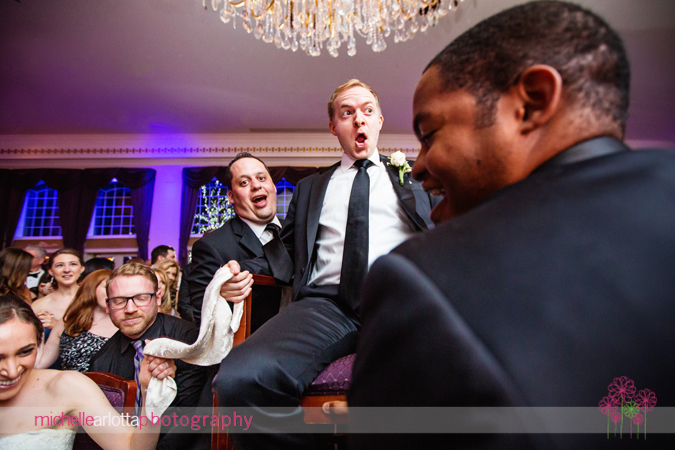
Typically, the main photographer is stronger than the second (although not always, I’ve been a second for some of my colleagues in the industry). My preference is to use the stronger shot and that was typically my shot and as an editor, I saw that the main photographer usually captured the stronger shot or vantage point. For my own weddings, it became clear that hiring a second photographer was not the best value for my clients based on how few of the shots I was actually using and how much I was covering alone.
In 2012, I transitioned to shooting without a second photographer and often bringing an assistant to help with gear and lighting (they often grab a few shots with my third camera of the first look and bride/groom walking down the aisle). The last 100 weddings that I have shot, have all been shot without a second photographer and my clients have been overwhelmed with joy by how much I captured and the experience of being photographed. My average final edit for a full day wedding is around 1,000 images. Their biggest complaint is that it’s so hard to narrow down what they want in their album because there are so many great shots (but don’t worry, I’ve designed over 650 albums so I make the album design process easy :o) ).
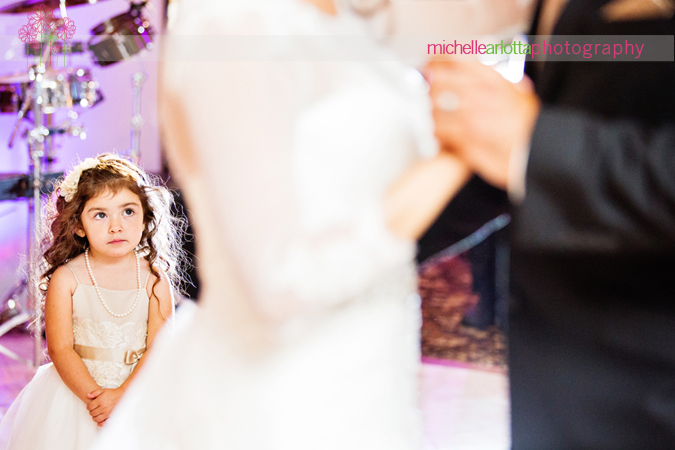
Another reason I moved away from using a second is that I am very particular about my final edit. With the advent of social media and wedding and personal blogs there has been a big emphasis on taking a lot of detail shots to get published or focusing on a few ‘wow’ moments to win awards and the importance of the full edit has fallen to the wayside with more and more photographers dedicating time to getting published, winning awards and gaining followers/likes. While I’ve been published and won awards, my number one priority is my client and telling their story- nothing else. A wedding is not told in a bunch of detail photos or a few wow images, it’s told subtly throughout the day from start to finish. The images need to be curated and culled carefully and thoughtfully, individual (not batch) adjustments need to be made to each image, the quality of the lighting, composition and moments need to be cohesive to create a beautiful flow and comprehensiveness to the final edit. This process takes time and connection to the work.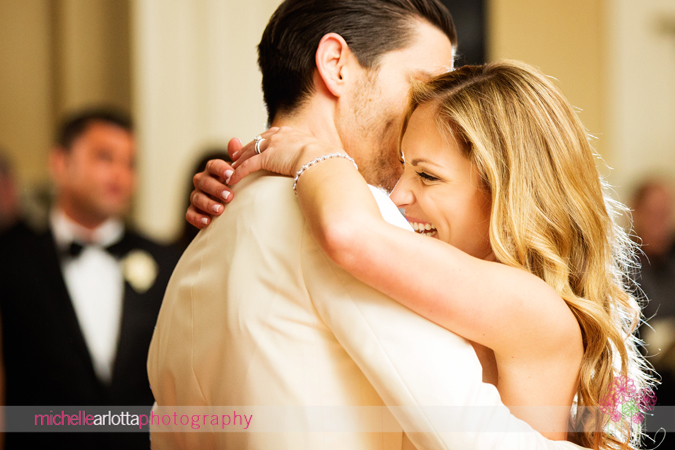 As I mentioned previously, the majority of wedding photographers have turned to outsourcing their editing. They are sold on the idea by the industry that editing your own work is not a good use of time- I completely disagree with this. Editing all of my weddings and someone elses’ is not an easy feat and many in the industry have wondered how I could do it all.
As I mentioned previously, the majority of wedding photographers have turned to outsourcing their editing. They are sold on the idea by the industry that editing your own work is not a good use of time- I completely disagree with this. Editing all of my weddings and someone elses’ is not an easy feat and many in the industry have wondered how I could do it all.
Simple- I never looked for a shortcut to success in the industry and the ‘grunt work’ of editing is an amazing source of learning and insight that has helped improve my photography over time.
Editing the work of others for 10 years while photographing my own weddings gave me a lot of insight as to why outsourcing editing is not always the best answer. As a photographer who captures the highly important and emotional days that weddings are, I am connected to my work. As an editor, I am an outsider looking in and this results in a lot lost on the edit (something I could give an hour talk on). Regarding second photographers, what I experienced was that it’s very hard to make a wedding edit cohesive or complete unless the second photographer has the same use of light, composition and style as the main photographer. This becomes very noticeable when an album is put together and a second photographer’s coverage does not match the main photographers. I edited many jobs that were weakened by second photographers. This is not always the case and I worked with some seconds whose work I could get to mesh with mine with some editing finesses, but I found it difficult to guarantee that I would have a second whose imagery would enhance and add to the overall story. As someone who has always run their business with integrity, it didn’t feel right to sell a second to my clients a year or so in advance without knowing who would be on the job (second photographers typically commit a couples months to days before a wedding). Photographers generally work with a few of their favorite seconds, but sometimes they are stuck and have to search for someone else and are working with someone who they are not familiar with in personality or technical ability. As an editor, I saw how disastrous this could be to a final edit and didn’t like the risk of that happening on my own jobs. This motivated me to be even better on my own so that I didn’t have to rely on a second photographer. I find that my albums are much more cohesive and they tell the story completely. I’m crazy enough to cover both preps when couples are getting get ready in the same place or nearby one another. 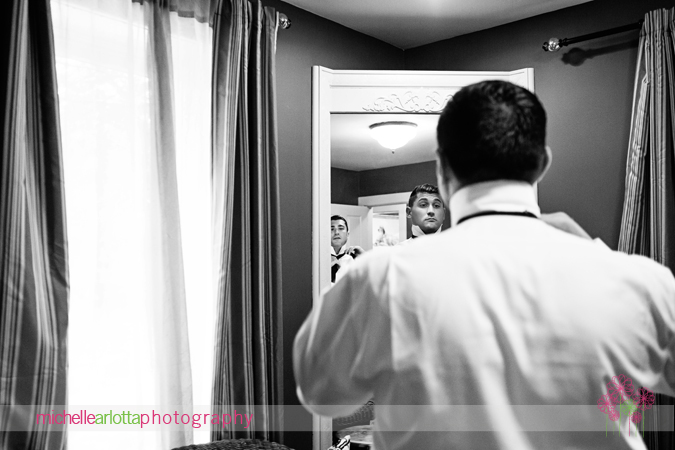
 Another reason I moved away from using a second is because I really respect the authentic moments of the day. When I was first in the industry my boss would send two to three photographers on a wedding and there could be 2-3 videographers. I felt like paparazzi. You can be as stealth as you want, but when there are 4 or 5 of you moving around, you will be noticed and you will detract from the guests’ experience, you will stumble over one another missing the best shot here and there. It’s just the nature of having so many people. I pride myself on being unobtrusive which is not easy when working to tell the story comprehensively. I’ve been called a ninja photographer for a very long time now. The feedback is always the same– ‘I can tell from the photos she was everywhere, but it’s like I never saw her’. Shooting without a second photographer further preserves the sanctity of the moment.
Another reason I moved away from using a second is because I really respect the authentic moments of the day. When I was first in the industry my boss would send two to three photographers on a wedding and there could be 2-3 videographers. I felt like paparazzi. You can be as stealth as you want, but when there are 4 or 5 of you moving around, you will be noticed and you will detract from the guests’ experience, you will stumble over one another missing the best shot here and there. It’s just the nature of having so many people. I pride myself on being unobtrusive which is not easy when working to tell the story comprehensively. I’ve been called a ninja photographer for a very long time now. The feedback is always the same– ‘I can tell from the photos she was everywhere, but it’s like I never saw her’. Shooting without a second photographer further preserves the sanctity of the moment.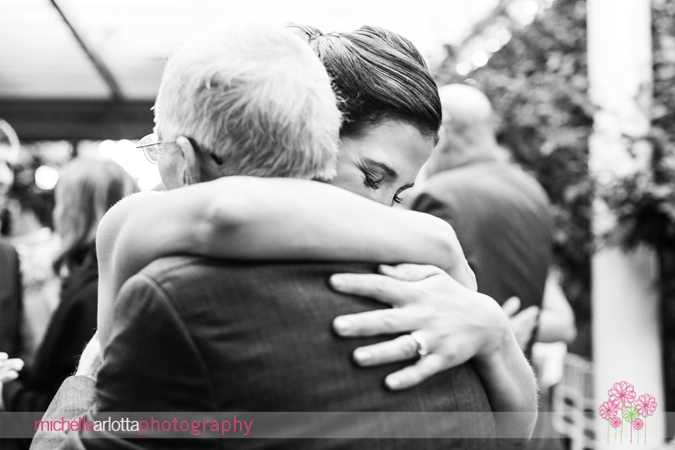
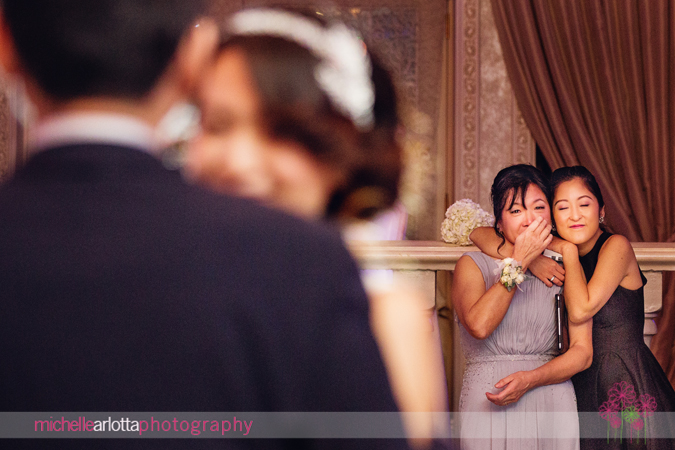 Please note that this is not the right answer for all wedding photographers. You can go crazy reading articles about whether you need a second photographer or not, but the fact of the matter is, it is highly dependent on who you are hiring.
Please note that this is not the right answer for all wedding photographers. You can go crazy reading articles about whether you need a second photographer or not, but the fact of the matter is, it is highly dependent on who you are hiring.
Two is not always better than one, in fact, sometimes it is worse. For me personally, it just came down to not being a great value for my clients based on how little I would actually use of the second’s work versus what I had to charge to cover paying a second, income taxes and the extra time to cull through/edit all of their work. This is the right answer for me based on my unique experience as a photographer and an editor, my technical ability, my style and my personality. There are no certifications, licenses or experiences required to be a wedding photographer, therefore, there are many different ways of capturing the day and running a business. In my case, you can hire a second, but I’m still going to run around like a ninja covering everything so I’d rather my clients budget that money for a beautiful album instead.
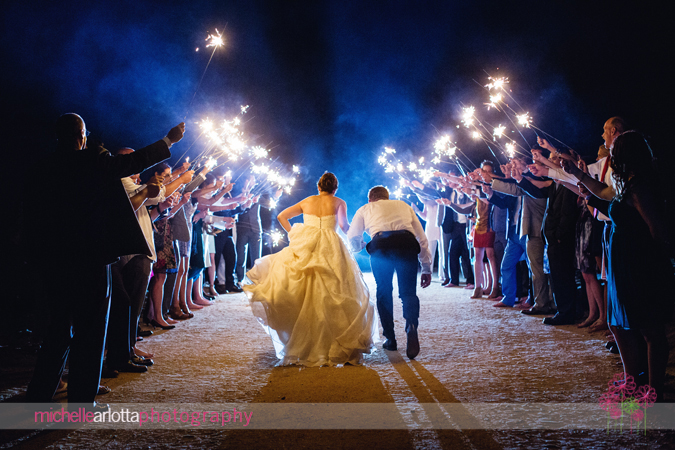

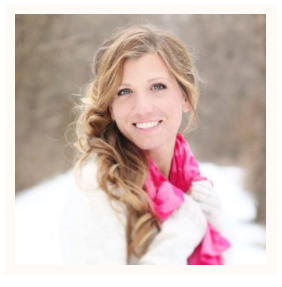
1 Comment.
I just read your story about not using a 2nd photographer and wanted to send a follow-up email.
You provided additional insight and I agree that a talented artist can shoot alone!
Kudos to you!
Rita